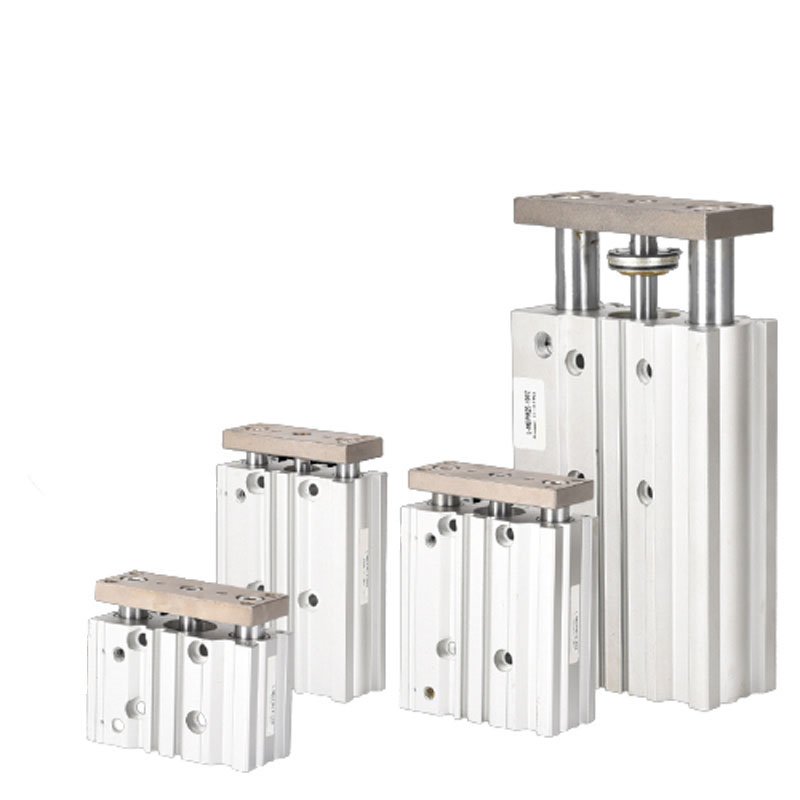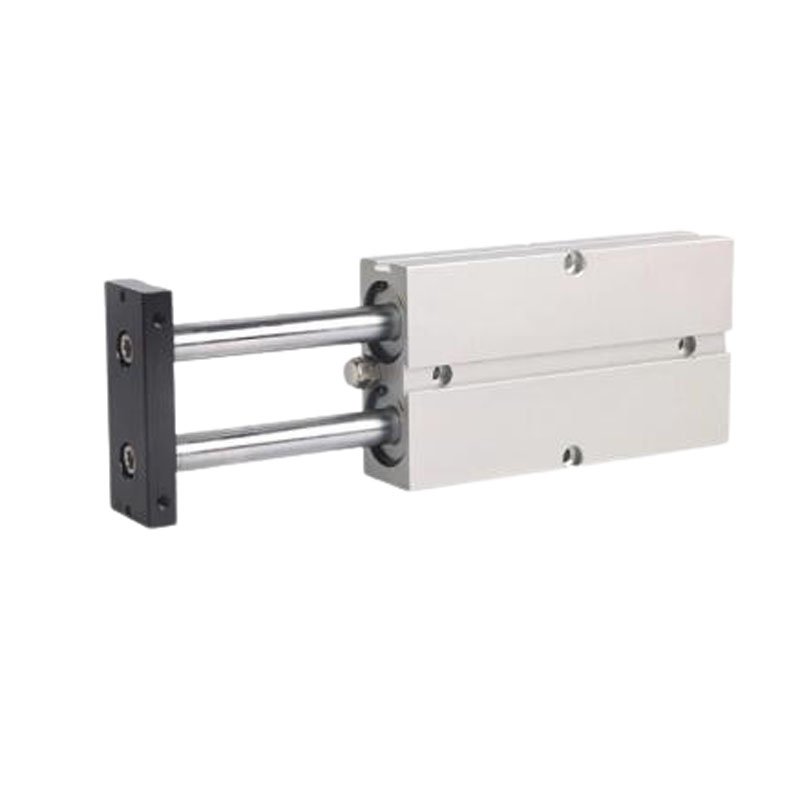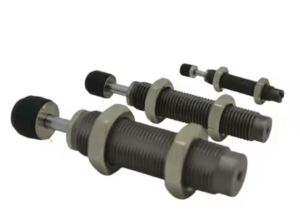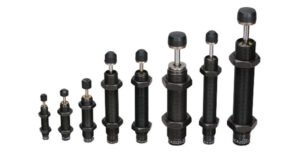Double acting cylinder
The double-acting cylinder is generally composed of cylinder, front cylinder head, back cylinder head, piston, piston rod, seals and fasteners and other parts, and the cylinder is tightly locked between the front and back cylinder head by four screws. The cylinder has a piston connected with the piston rod, and the piston is equipped with a piston sealing ring. To prevent air leakage and the intrusion of external dust, the front cylinder head is equipped with a piston rod seal ring and a dust seal ring. This double-acting cylinder is divided by a piston into two chambers: a rod chamber (referred to as the head chamber or the front chamber) and a rodless chamber (referred to as the tail chamber or the back chamber). A chamber with a piston rod is called a rod chamber, and a chamber without a piston rod is called a rodless chamber.
When compressed air is input from the air mouth at the end of the rodless cavity, if the force acting on the left end face of the piston overcomes various reaction forces such as kinematic friction and load, the air in the rod cavity is discharged through the end air mouth when the piston advances, so that the piston rod is extended. Similarly, the piston rod is retracted to the initial position when compressed air is fed into the end of the rod cavity. Through the rodless cavity and the rod-equipped cavity alternating intake and exhaust, the piston rod extends and retracts, and the cylinder realizes reciprocating linear movement.

The cylinder with no buffer device on the cylinder head is called the unbuffered cylinder, and the cylinder with a buffer device on the cylinder head is called the buffer cylinder. The buffer device is composed of a buffer throttle valve, a buffer plunger and a buffer seal ring. When the cylinder stroke is close to the end, due to the role of the buffer device, the phenomenon of the high-speed moving piston hitting the cylinder head can be prevented.
Single acting cylinder
The single acting cylinder injects compressed air into the air mouth at one end of the cylinder head to extend the piston rod (or retract), while the other end relies on spring force, self-weight or other external forces to restore the piston rod to the initial position. The single acting cylinder only needs compressed air in the direction of action, so half of the compressed air can be saved. It is mainly used in clamping, returning, blocking, pressing, lifting and feeding operations.

According to the position of the return spring, the acting cylinder is divided into pre-shrunk cylinder and pre-extended cylinder. When the spring is installed in the rod cavity, the initial position of the cylinder piston rod is in the retracted position due to the force of the spring, and we call this cylinder a pre-reduced single-acting cylinder; When the spring is installed in a rodless cavity, the initial position of the piston rod of the cylinder is an extended position, which is called a pre-extended cylinder.
The cylinder is equipped with a return spring on the side of the piston rod and has a breathing air opening on the front cylinder head. In addition, its structure is basically the same as the double-acting cylinder. The cylinder and the front and back cylinder heads are fixed by rolling riveting. Single-acting cylinder stroke is affected by the length of the built-in return spring, and its stroke length is generally within 100mm.
Tex/Fax: 0086-577-62840011
WhatsApp: 0086-13355775769
#Doubleactingcylinder #Aircylinder #Buffercylinder #Cylinderstroke #Singleactingcylinder


